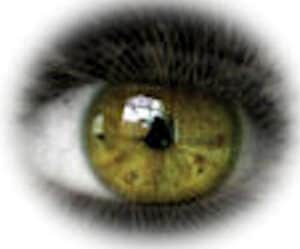Sunglass lenses should be able to:
- reduce glare and haze to provide clearer, sharper vision,
- enhance color definition,
- reduce reflections off the lenses, and
- most importantly, 100% UV protection.
If you have read the other posts on Lens Technology, what you may have realized is that sunglasses are more than a tint used to decrease the amount of sunlight that gets to your eye. While visual comfort is important, sunglasses are also about protection and optimizing visual function. It is not just about how much light is transmitted through the lens, but how the lens performs. Ideally, they should enhance vision. Here’s how:
What manufacturers of premium sunglasses are doing is using their knowledge about how the eye functions with different wavelengths of light and creating color enhancing technologies. For example, there are lenses that absorb some, but not all, blue and yellow light, while enhancing green and red wavelengths of light. These specialized filtering lenses are combined with UV absorbers, polarization, and anti-reflective coatings to make a premium sunglass lens. Hence the reason why some sunglasses are more expensive. Here are some examples of “high-tech’ sunglasses. Each link to the technology behind the lens:
These are just examples. Others can be found. Generally when we think of performance sunglasses it is non-prescription eyewear. Many of these premium sunglass companies offer their lenses in prescription by special order: Ray-Ban, Oakley, Maui Jim, Costa del Mar, bolle, Serengeti, and Wiley X to name a few.
I might also suggest different sunglasses for different light levels. Dark grey for those very bright sunny days to cut harsh sunlight. Brown tints work well for days that may be overcast. This has the effect of not making your vision dimmer and still keeping things bright for clarity, while still giving UV protection. Yellow/amber for early morning or twilight to give contrast (but not for driving!). For outdoor activities like camping, hiking, or golfing. consider the green, (D-15 from Ray Ban for example) which is good for making objects stand out from the green foliage.
In the End…
Can basic off-the-shelf sunglasses provide the 100% UV protection? Sure they can, but Expect More!
